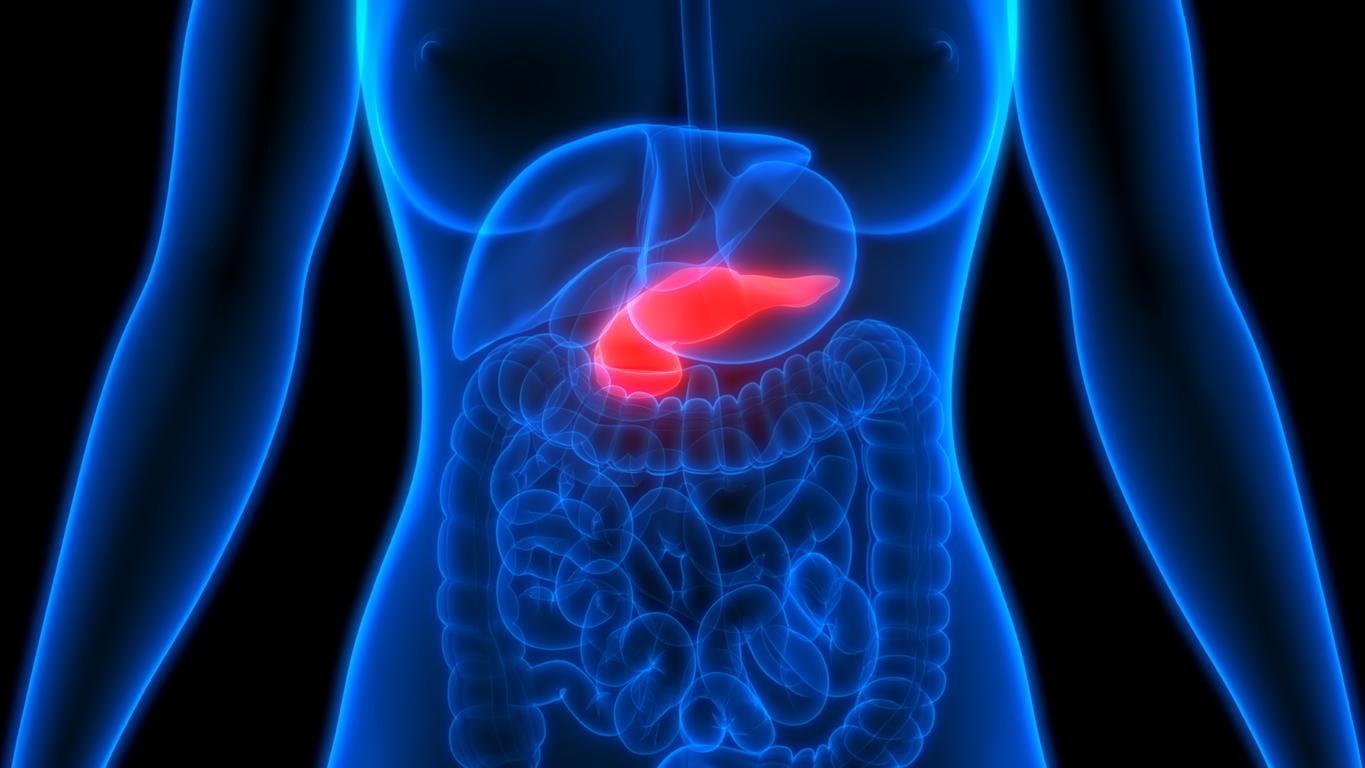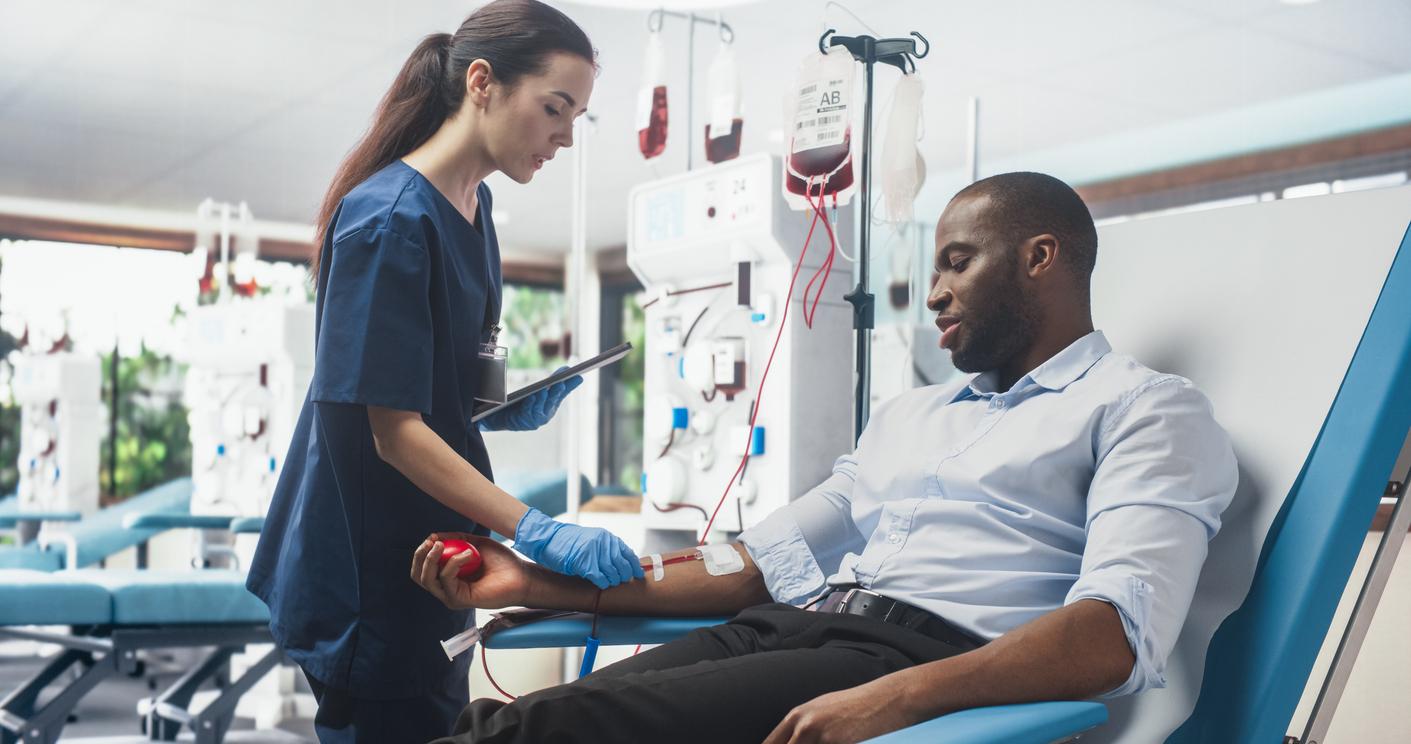The first few days after a heart attack are critical to recovery. Following a structured recovery plan can make all the difference. Discover the five essential steps to maximize your chances of a full recovery and return to a healthy life.

- Recovery from a heart attack involves a combination of careful medical monitoring, stress management, healthy eating, gradual exercise and psychological support.
- Each of these steps is essential to prevent recurrences and improve quality of life.
- By following these recommendations, you put all the chances on your side for a successful and lasting rehabilitation.
Every year, thousands of people survive a heart attack, but the time following a heart attack is often filled with uncertainty and challenges. Advances in medicine have greatly improved survival rates, but it is crucial to understand that recovery does not end when you leave the hospital. The first month is particularly critical and requires careful monitoring and lifestyle adjustments. Here is a step-by-step guide to getting through those 30 days post-heart attack and laying the foundation for successful rehabilitation.
1. Rigorous medical monitoring
The first step toward a successful recovery begins as soon as you leave the hospital. Follow-up appointments with your cardiologist are imperative. These visits allow you to monitor your health, adjust your medications, and discuss your progress. Prescribed medications, such as beta blockers, blood thinners, and statins, play a vital role in preventing future incidents. Never miss a dose and report any side effects to your doctor immediately.
2. Stress management
Stress is an insidious enemy of your heart. After a heart attack, it is essential to find effective methods to manage it. Relaxation techniques, such as meditation, deep breathing and yoga, can significantly reduce stress. A recent study published in the Journal of the American Heart Association has shown that patients who practice meditation regularly have better post-infarction recovery. Additionally, talking about your feelings with loved ones or a mental health professional can help you overcome the anxiety and depression often associated with a heart attack.
3. Healthy eating
Reviewing your diet is a crucial step. Opt for a diet rich in fruits, vegetables, whole grains, and lean proteins. Reduce your intake of salt, sugar, and saturated fats. Foods rich in omega-3s, such as salmon and walnuts, are particularly beneficial for heart health. According to a recent Mayo Clinic study, a balanced diet can reduce the risk of a repeat heart attack by 25%. It may be helpful to consult a dietitian to develop a meal plan tailored to your specific needs.
4. Gradual resumption of exercise
Exercise is a pillar of recovery, but it should be resumed with caution. Start with light activities, such as walking, and gradually increase the intensity. The goal is to strengthen your heart without overworking it. A study from the American College of Cardiology showed that patients who participate in structured cardiac rehabilitation programs have a significantly higher survival rate. Talk to your doctor or a physical therapist to create an exercise program that is tailored to your fitness level.
5. Psychological support
The psychological aspect of recovery is often overlooked, but it is just as important as physical healing. Joining a heart patient support group can provide comfort and practical advice from those who have been through similar experiences. According to research published in the British Medical Journalpatients who receive psychological support show better adherence to treatments and an overall improvement in quality of life.
















